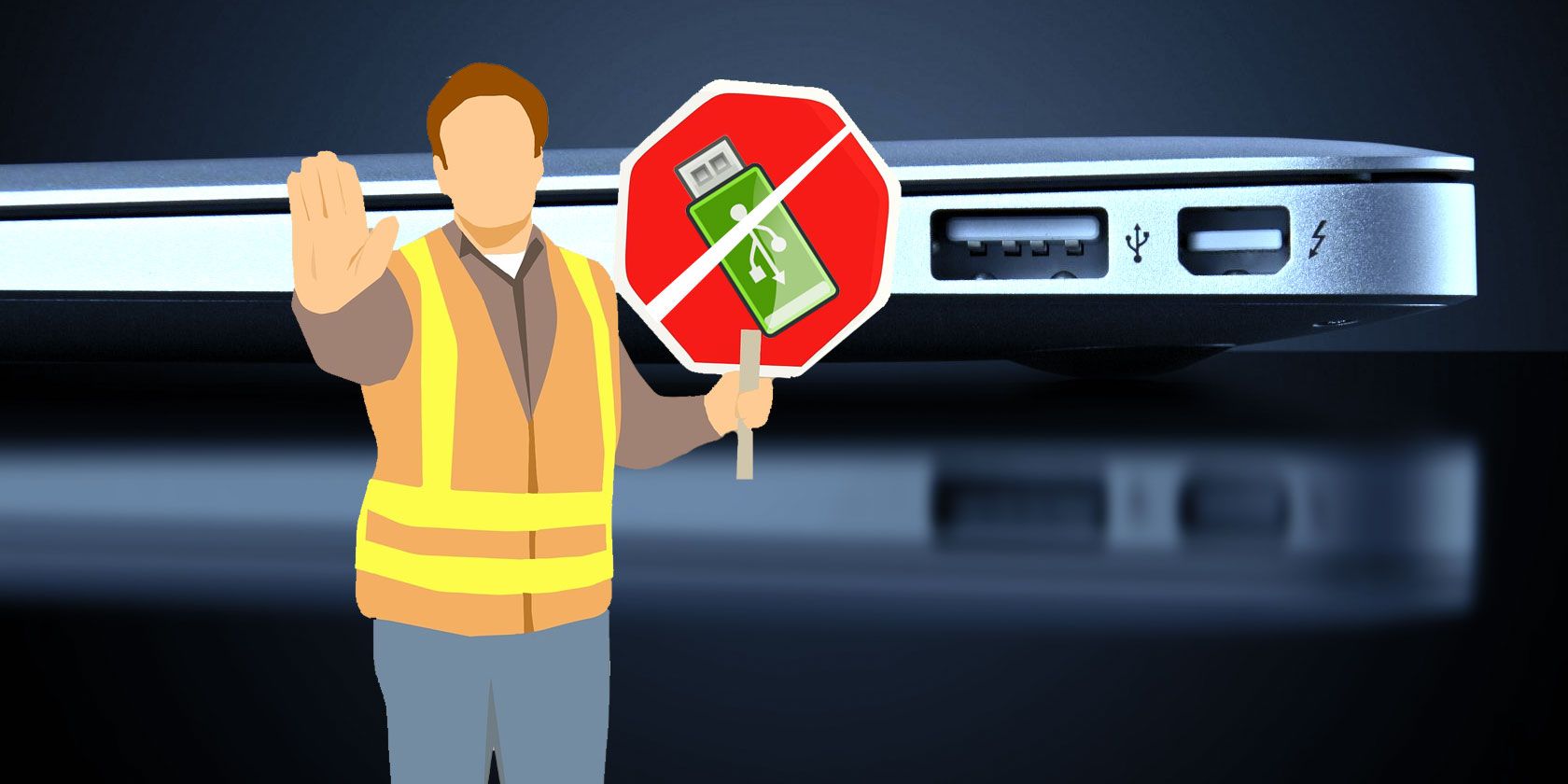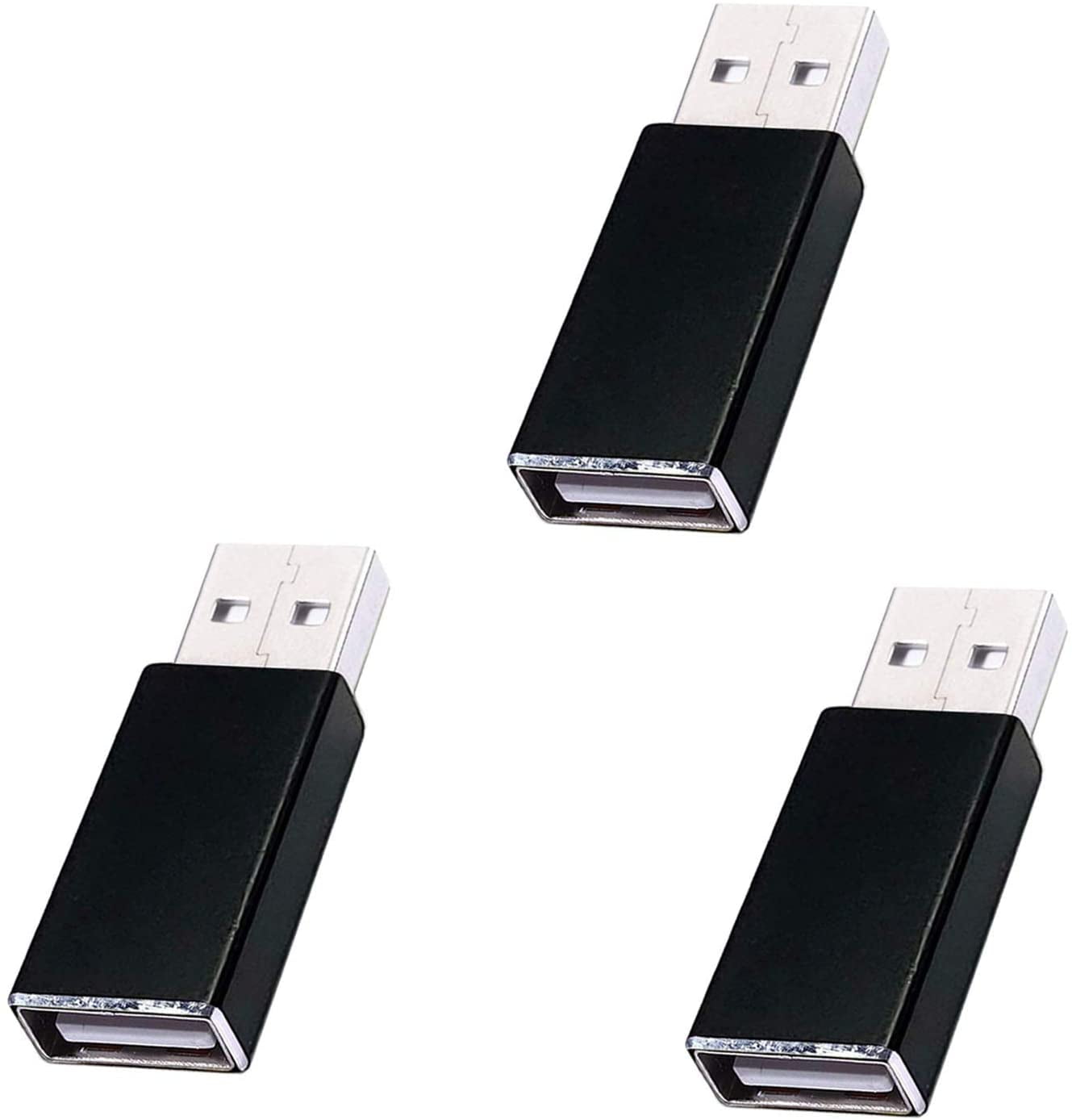
- #BETTER THAN USB SECURE FOR FREE#
- #BETTER THAN USB SECURE PORTABLE#
- #BETTER THAN USB SECURE SOFTWARE#
- #BETTER THAN USB SECURE PASSWORD#
- #BETTER THAN USB SECURE BLUETOOTH#
You can easily switch between the tools from the link below.
#BETTER THAN USB SECURE SOFTWARE#
Here, we have enlisted all the USB encryption software that you can use to encrypt your data on a USB drive. In this article we are going to show you 8 best USB encryption software that you can use to encrypt USB drive to secure the data that you carry everywhere with you.īest USB Encryption Software (Updated July 2020)
#BETTER THAN USB SECURE FOR FREE#
There are a variety of options which will help you achieve it, either for free or for a price, and whether you’re an average Joe or a secret spy, encrypting USB drives is a reasonable measure to protect your data.
#BETTER THAN USB SECURE PASSWORD#
Hopefully, after having learned about the different methods, along with their features and drawbacks, you’ll have a few more “tools” in your “toolbelt”, and one may work out better for you than the others.If you don’t want your confidential data to fall into the wrong hands, it’s a good idea to protect your vital USB drives with a password and encryption. Ultimately, whatever your circumstances are will guide your decision-making process. We’ve touched on a few of the more notables ones here.

Tethering Methods: The Winner?Įach tethering method has its pros and cons.

#BETTER THAN USB SECURE BLUETOOTH#
If power consumption is a concern, Bluetooth is probably the way to go, if you’re willing to configure it. Sure, people do it, but it’s a little more involved to set up than WiFi, and a little more involved every time you want to use Bluetooth tethering. Unlike WiFi, tethering via Bluetooth isn’t all that common. Since Bluetooth is specifically designed for mobile use, in most cases it’s a bit nicer on your battery and consumes less power to do the same job as WiFi tethering does. Also like WiFi, Bluetooth is “fairly” secure. Just like with WiFi, since no cable is required, power consumption is something to keep in mind. Similar to Wifi, you can connect multiple devices to your smartphone wirelessly. No, it’s not just for headsets and handsfree kits! Bluetooth is an excellent method for tethering.
#BETTER THAN USB SECURE PORTABLE#
Bringing along a wall charger or a portable battery pack would be advisable. Also, since you’re not required to plug in to a USB port, your battery is going to drain while you’re thusly tethered. WiFi, depending on what security configuration you use, could be anywhere from not secure at all, to “fairly” secure. You’re also not limited to connecting just one device like you are with the USB method, though some OEMs cap connections to five or so. Major advantages using this technique are that it’s quick, easy, and compatible with almost everything. Simply put, if your laptop (or other device) includes WiFi support, you should be able to tether via WiFi just as quickly and as easily as you would to any other hotspot. Tethering via WiFi is one of the easiest to set up, and is arguably compatible with the most types of devices. Your laptop has to be within arms reach of your cellphone, and only one device can share your phone’s Internet connection. Additionally, this method may require special configuration to be made on both devices, and may even require custom software on each. Since the tethered connection is hardwired rather than wireless, it’s arguably more secure, and should be faster.ĭrawbacks to this approach include the fact that not every device that you want to tether can do so via USB (tablets, for instance). In essence, this charges the device (which we’ll assume is your smartphone, but it could just as easily be a carrier-connected tablet) while you’re using it. When you connect via USB the device (we’ll call it a laptop, for the sake of simplicity) gets power via the USB cable. Tethering consumes energy by expending power through the antenna to communicate with the carrier. If the device you’re connecting is able to connect to your smartphone or tablet (whichever device has the data plan that you’re using to tether through), that’s probably the best option. That begs the question: which is best out of all the tethering methods? USB Cable We also have numerous ways to connect our laptops to our phones - and we have many more devices than just laptops that need connecting. Today we have our choice of various high-speed technologies offered by any one of a handful of cellular carriers. Speeds weren’t all that great, but being able to work from anywhere often trumped that. Here we had a little phone that we could connect to our laptop which would let us access the Internet or closed network (the office, university, etc.) without having to plug into a land-line to do so. Tethering is one of those things that many of us got really excited about way back in the early days of cell phones.


 0 kommentar(er)
0 kommentar(er)
